The Benefits of Honey for your Health
We all know honey for its sweet taste and distinct aroma, but it’s more than just a delicious treat. Honey is highly medicinal and versatile, making it an essential addition to your home apothecary. The uses for honey are vast, from a sore throat remedy, a digestive tonic, to a skincare staple and more, to learn about the traditional and modern uses of honey and its amazing benefits, keep reading!
What is Honey?
Before diving into the medicinal benefits of honey, let's understand this sweet remedy.
The Basics
Honey is one of the few insect-derived liquids widely used in various cultures. Produced by honeybees, honey starts its journey when bees collect nectar and pollen from flowers. These two are combined before it is brought back to the hive to ferment. The pollen gives honey its characteristic color and contributes to the diverse types, from blackberry to clover honey.
There are over 300 varieties of honey, each with unique tastes and colors influenced by factors like weather and flower type. Even harvests of the same variety of honey may taste different, depending on the weather that year. It's actually quite amazing to see how even the smallest changes create big impacts on honey production!
Color
Honey typically ranges from light to dark amber, but can even be water white. The color is determined by the type of pollen and its mineral content, resulting in seven color grades: water white, extra white, white, extra light amber, light amber, amber, and dark amber.
Chemical Breakdown
Honey is primarily composed of carbohydrates (about 95%), but the remaining 5% contains proteins, amino acids, antioxidants, minerals, vitamins, and more. These compounds are responsible for honey’s medicinal properties.
Honey’s sweetness is due to its high fructose content, making it sweeter than table sugar. Table sugar is usually an even split of glucose and fructose while honey contains one third more fructose than glucose. These two sweet compounds are known as monosaccharides, and make up a majority of the carbohydrates within honey.
Traditional and Modern uses of Honey
Honey has been used within almost all ancient civilizations spanning thousands of years. In fact the first written record for using honey is 8000 years old! These Stone Age paintings detailed a medicinal delicacy harvested from the hives of bees, sound familiar? It is even featured in many religious texts including the Veda, the Bible, the Qur’an, and Egyptian papyri! But why have so many before us turned to honey to treat their ailments? Keep reading to find out!
Antioxidant
Antioxidants work in the body by scavenging free radicals and other compounds that cause cellular damage. There are many types of antioxidants out there but consuming them is the best way to introduce them into your body. Honey’s antioxidants, indicated by its color, scavenge free radicals that cause cellular damage. Darker honey typically has higher antioxidant content, thanks to phenolic compounds like tannins and flavonoids collected by bees from plants. These compounds are produced by plants to aid in their defense against pathogens and even UV radiation.
Antimicrobial: perfect in wound care
Honey acts as a natural preservative with antimicrobial properties due to its high sugar content, low water activity, and low pH. It’s been used in wound care for millennia to prevent infection. Just like the antioxidant content varies between different types of honey, so does the antimicrobial value. Its antimicrobial action is partially due to its hydrogen peroxide value. We all know that hydrogen peroxide poured over an open wound is great to clean it!
Honey’s thick consistency creates a barrier against microbes, while its hygroscopic nature draws moisture from wounds, aiding in healing. Hygroscopic substances draw moisture out of their surroundings. This action helps heal wounds because a moist environment helps create a hypoxic environment which prevents infection.
Even more amazing is honey’s ability to induce tissue repair! It triggers our bodies' leukocytes to release cytokines which are directly responsible for starting the tissue repair process. No wonder honey has been a go to for so long in treating wounds!
Anti-inflammatory
Inflammation is our bodies natural response to pathogens. However, sometimes our immune system goes into overdrive and inflammation can get out of hand. Honey’s phenolic compounds also have anti-inflammatory properties, suppressing enzymes that cause inflammation. By preventing inflammation at the cellular level, honey helps regulate an overactive immune system.
Soothes Digestive Problems
Honey’s anti-inflammatory nature soothes an inflamed gastrointestinal tract and supports a healthy gut microbiome. It suppresses harmful bacteria like Salmonella and E. coli while acting as a prebiotic for beneficial bacteria like Lactobacillus and Bifidobacteria. Prebiotics typically contain non-digestible carbohydrates like the oligosaccharides found in honey. Even though us humans cannot break them down, our gut microflora have a field day with them!
Honey in Herbalism
Now that you know the benefits of honey, here are some easy ways to incorporate it into your herbalism practice.
A sweet remedy
Honey is a quick remedy for sore throats and upset stomachs. Just a spoonful can provide relief. However, do not give honey to children under one year of age due to their developing microbiome.
Adding honey to herbal tea is my favorite method, combining the benefits of herbs and honey. There’s nothing better than a warm cup of sweet tea on a cold morning!
Infused Honey
Another great way to use honey is in an infusion. Infused honey is simple to make and versatile. Add your favorite herbs or fruits to a jar of honey and let it macerate for at least a month. Rose petals, ginger, turmeric, elderberries, and oranges are excellent choices. Using dried plant material extends the shelf life of your infusion.
My favorite plant to infuse into honey is rose petals. The subtle floral flavor is delicate and enchanting!
Oxymels
Oxymels are another one of my go to honey infusions. These have a base of vinegar with honey mixed in at a 50/50 ratio. Because you make them with vinegar infusions they are also extremely versatile. The addition of honey makes them a perfect tonic for kids! These are a great alternative to alcohol based tinctures for those sensitive to the taste.
Honey is a remarkable natural remedy with a rich history and a multitude of benefits. From its antioxidant and antimicrobial properties to its ability to soothe inflammation and digestive issues, honey is a versatile addition to any herbalist's toolkit. Whether used on its own, infused with herbs, or incorporated into oxymels, honey offers a sweet and effective way to support your health and wellness. Keep exploring the wonders of honey and discover how this ancient elixir can enhance your herbalism practice. Thank you for reading, and stay tuned for more herbal insights and recipes!
If you liked this post check out my eBook on Oxymels!


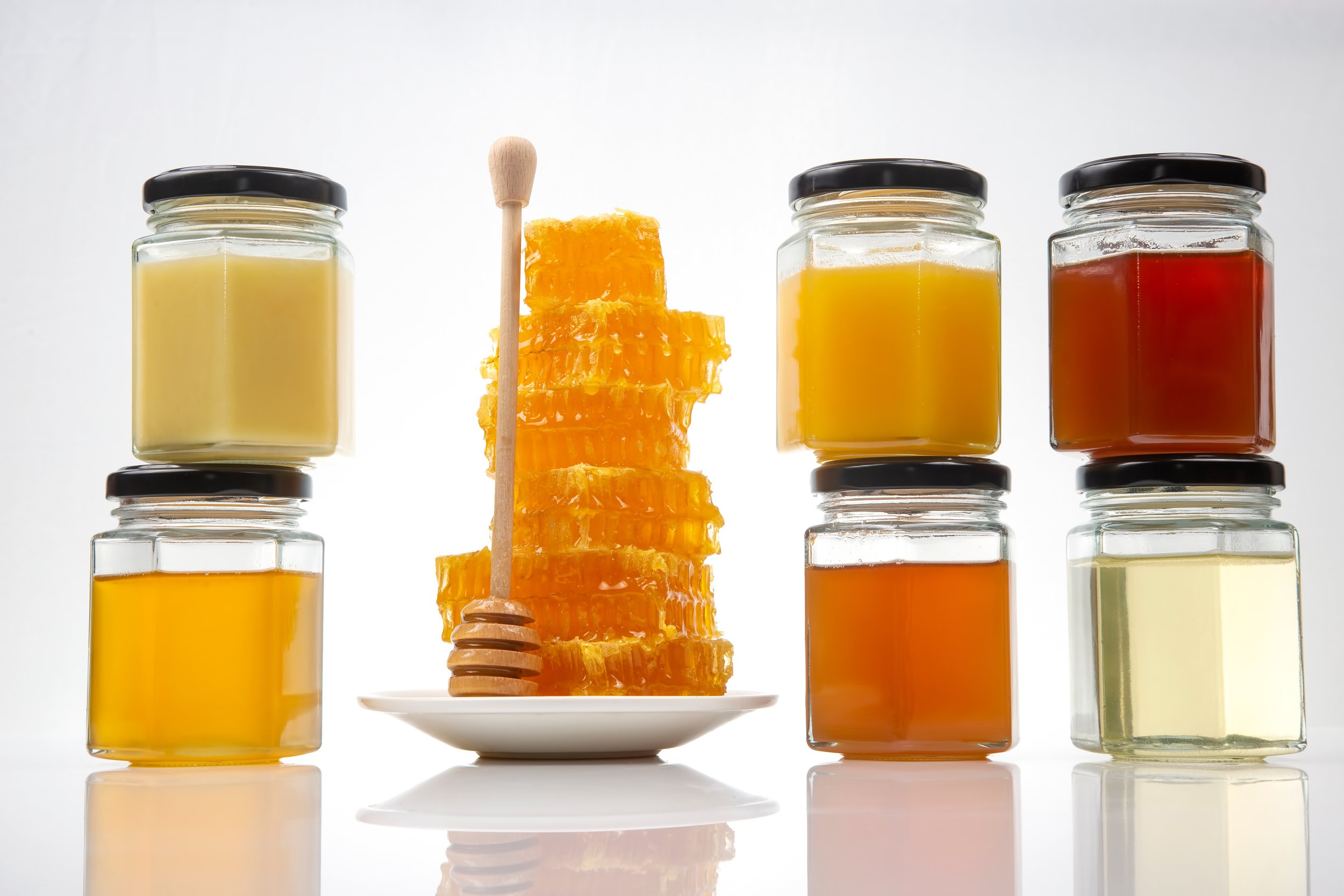
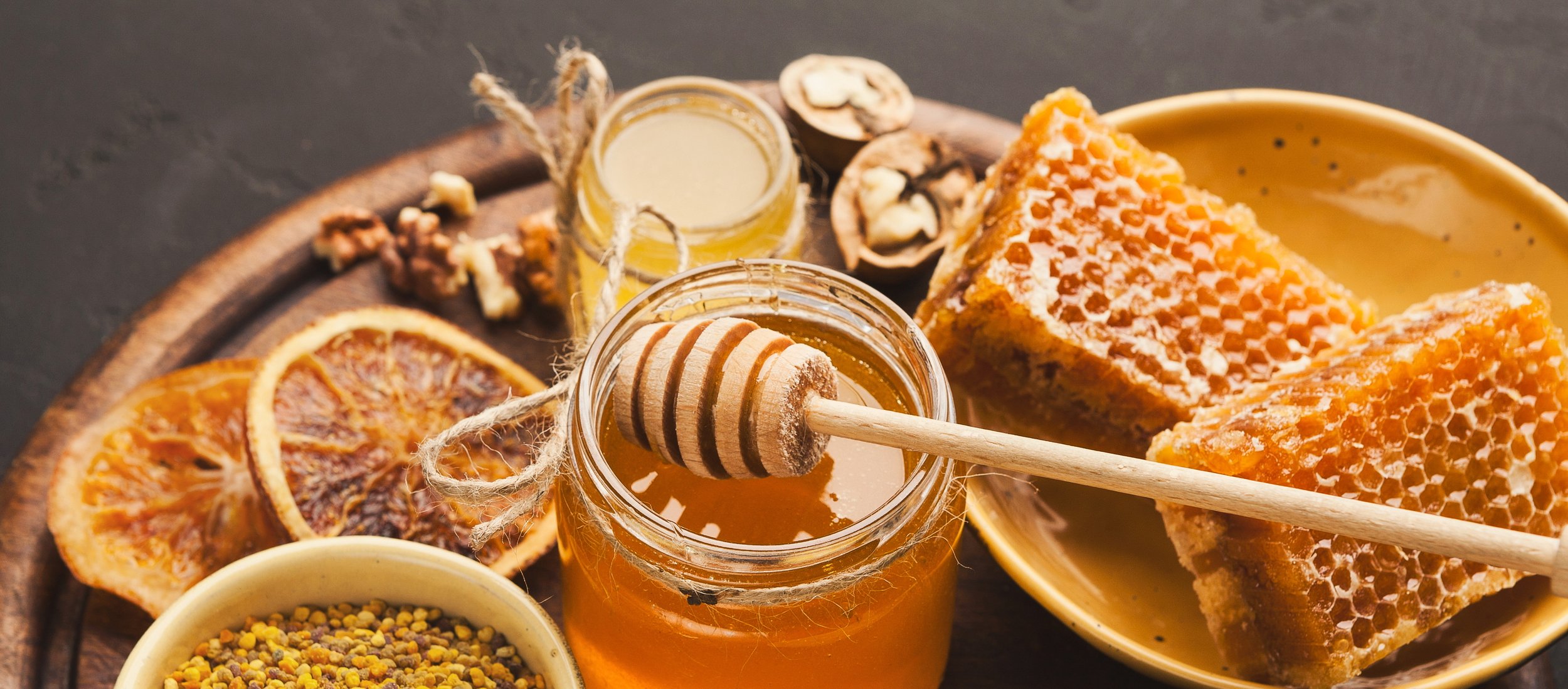

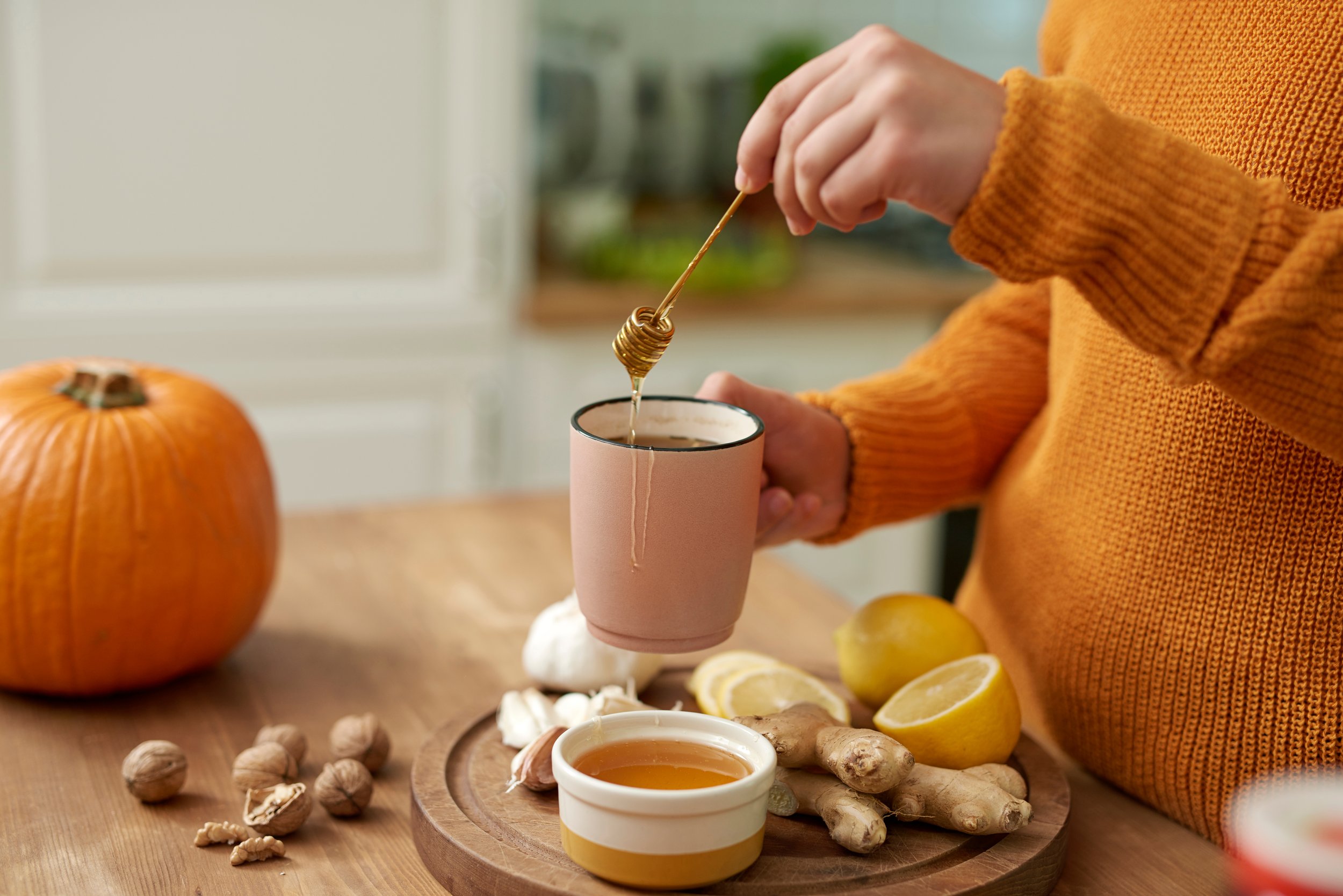







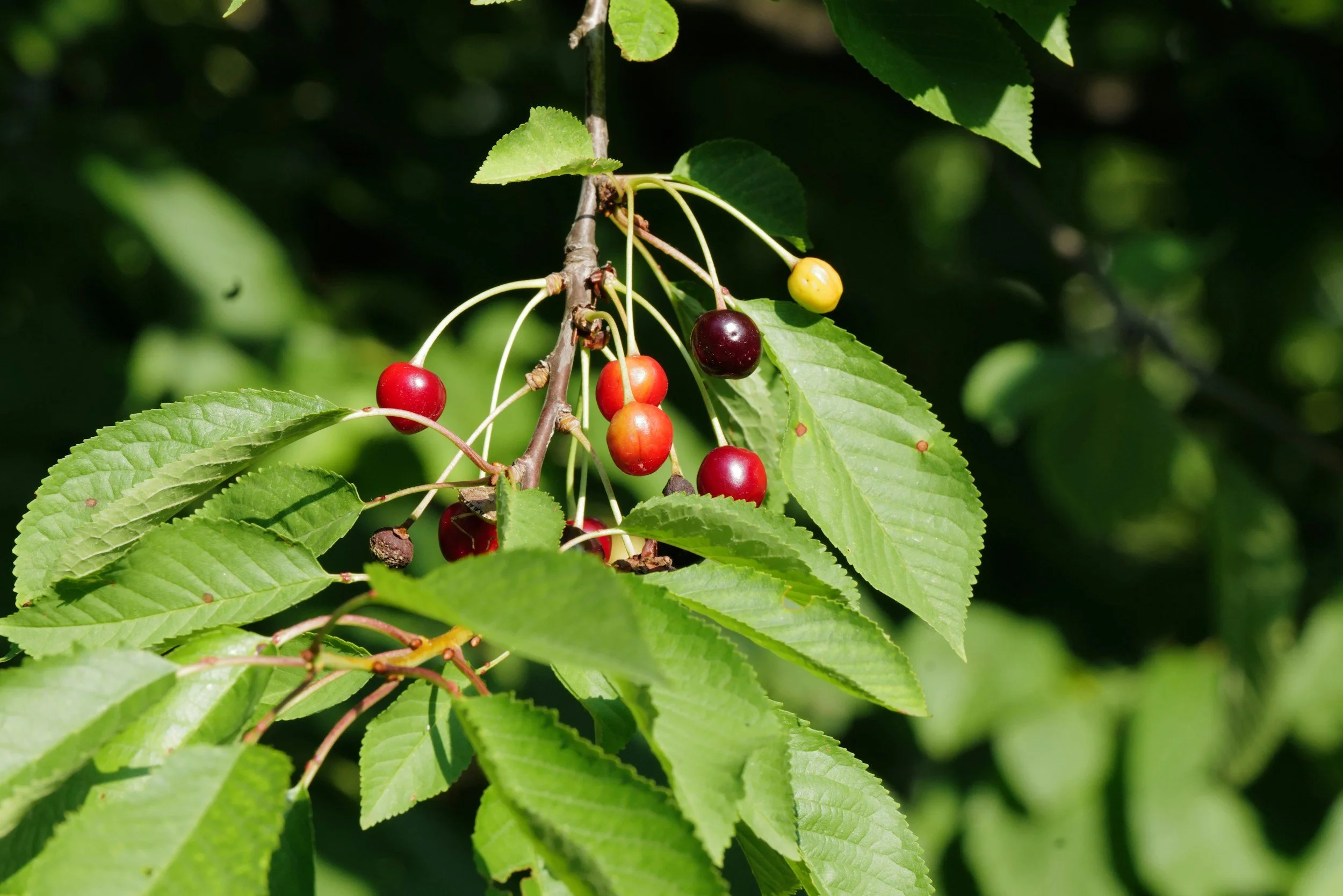
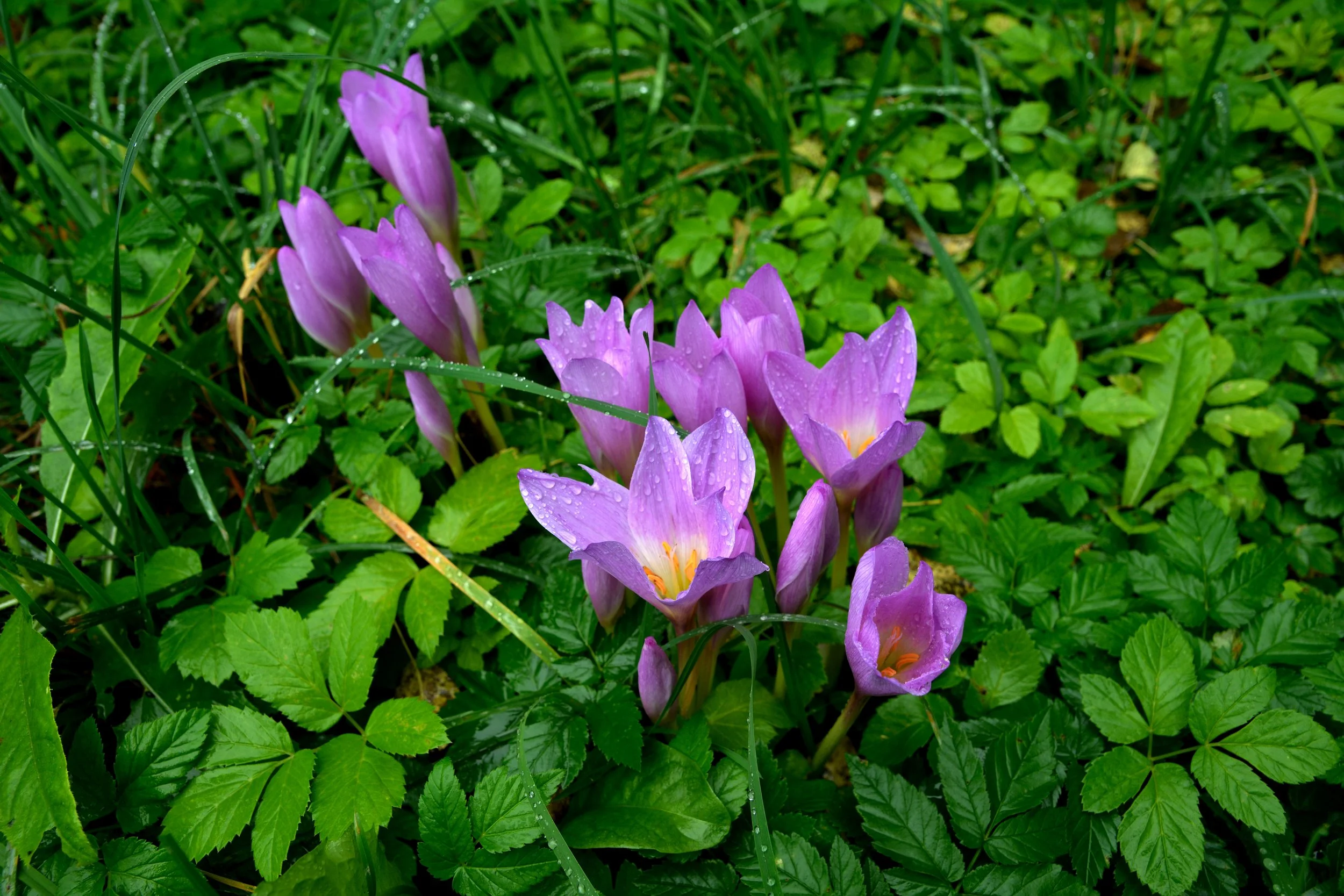

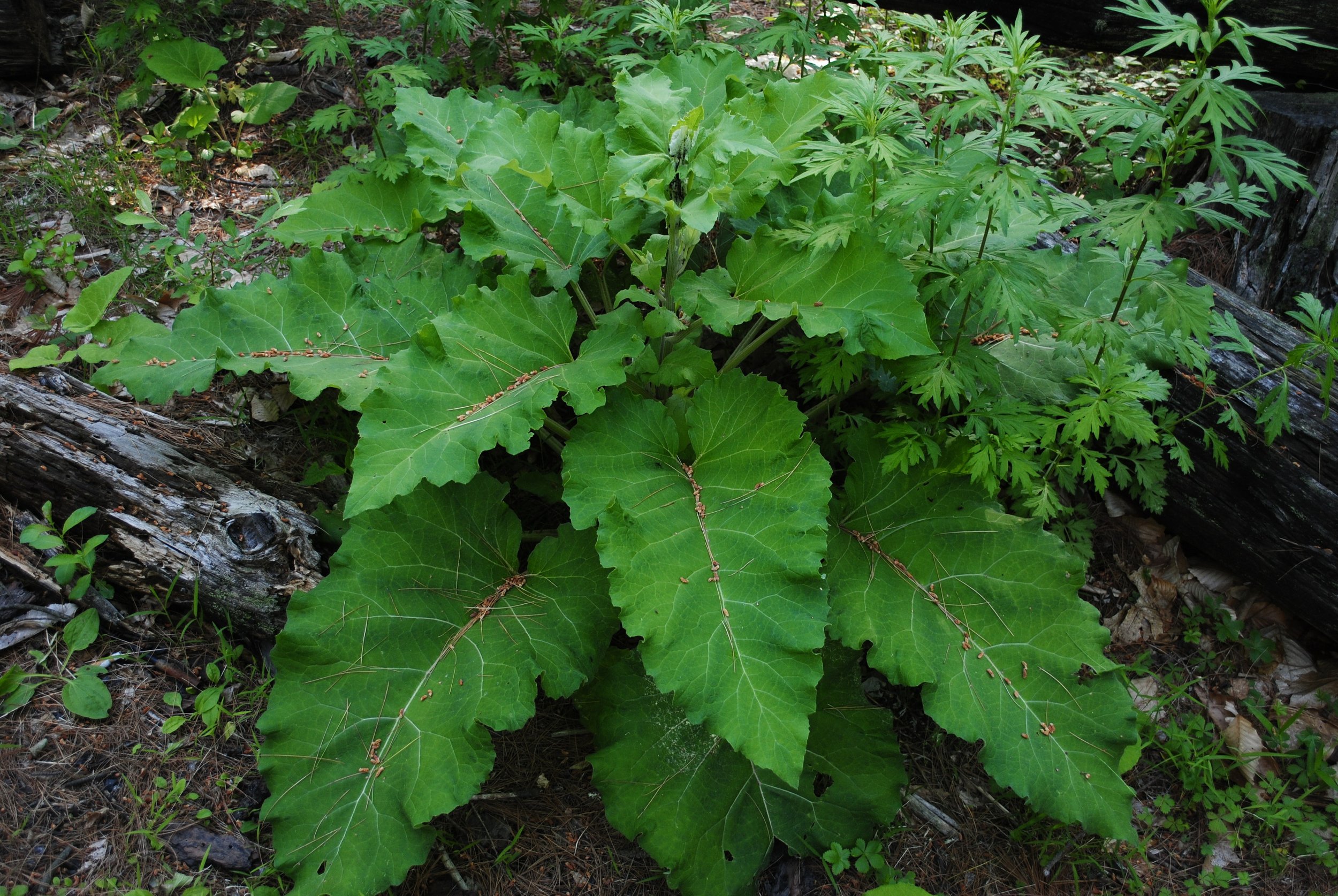



Hello and welcome! I'm Eve, a Chemist turned Herbalist, sharing the wonders of plant medicine and botanical skincare. Join me on this journey to Learn, Create, and Align your Divine!